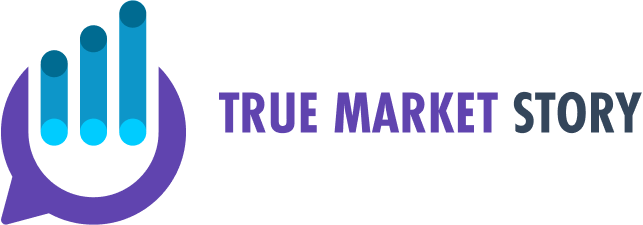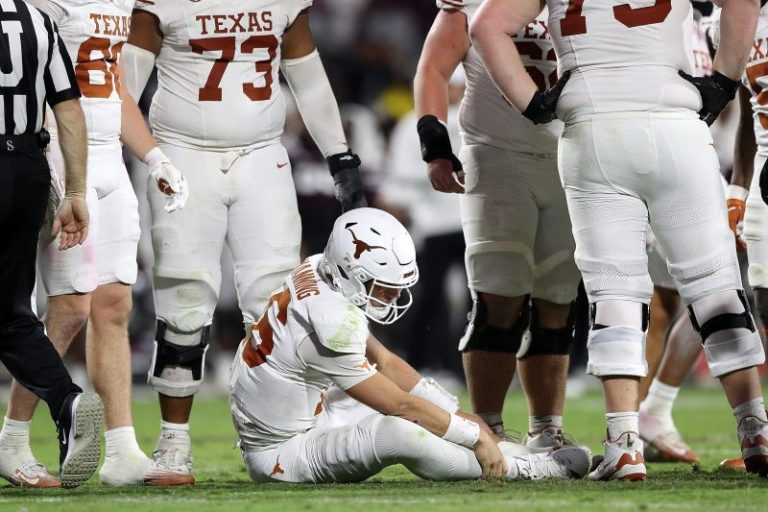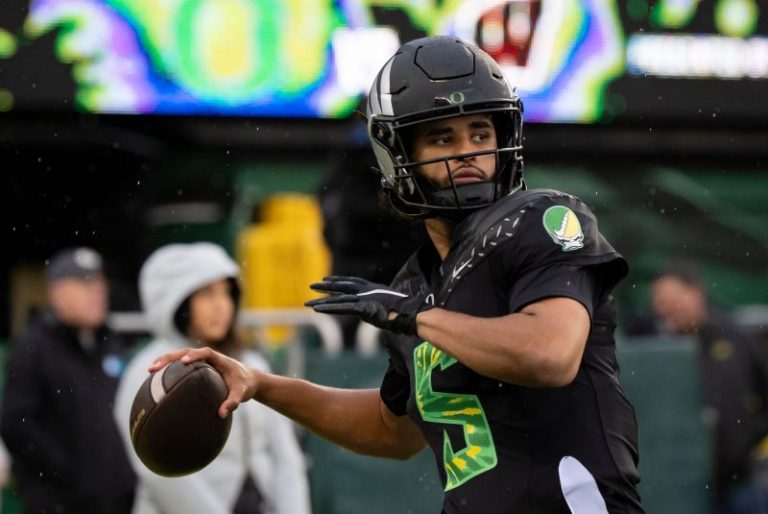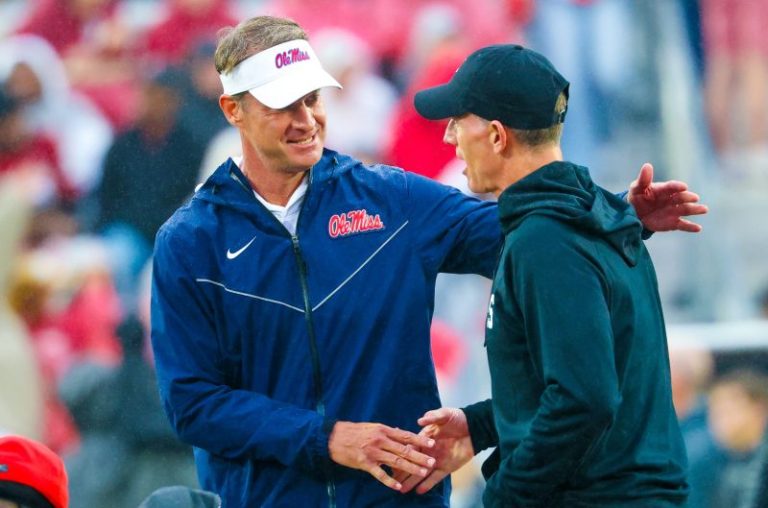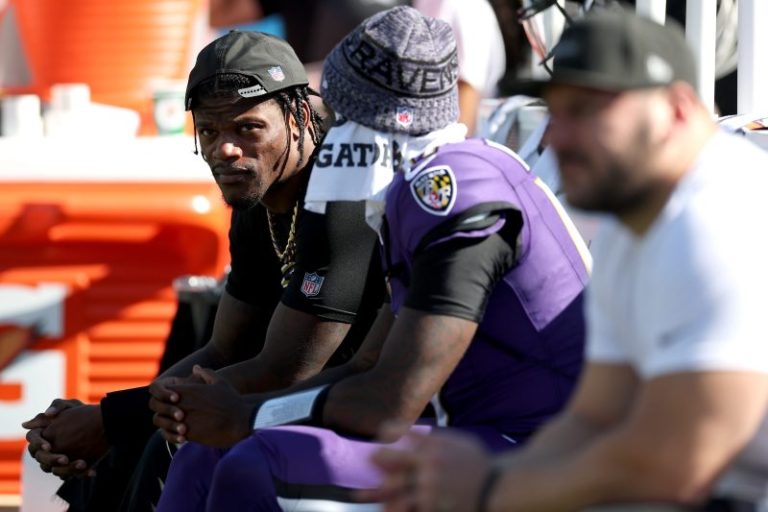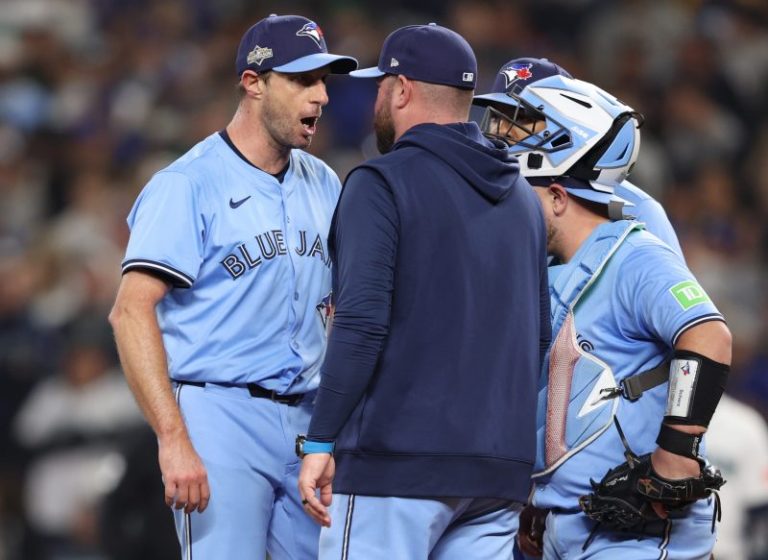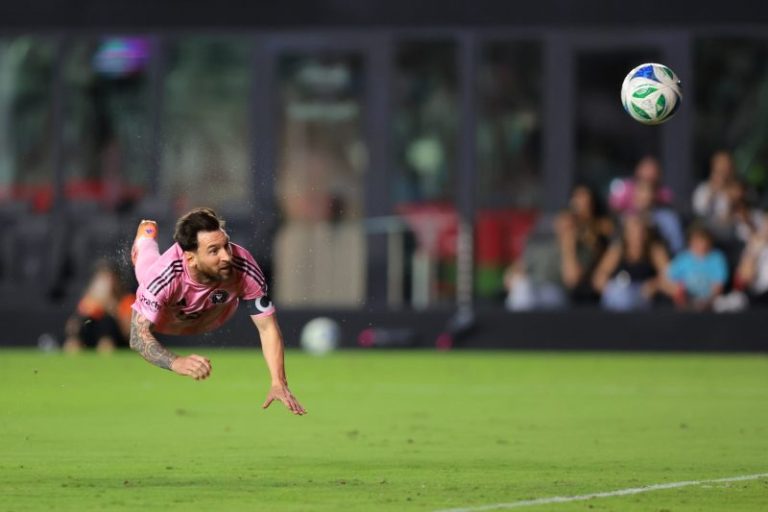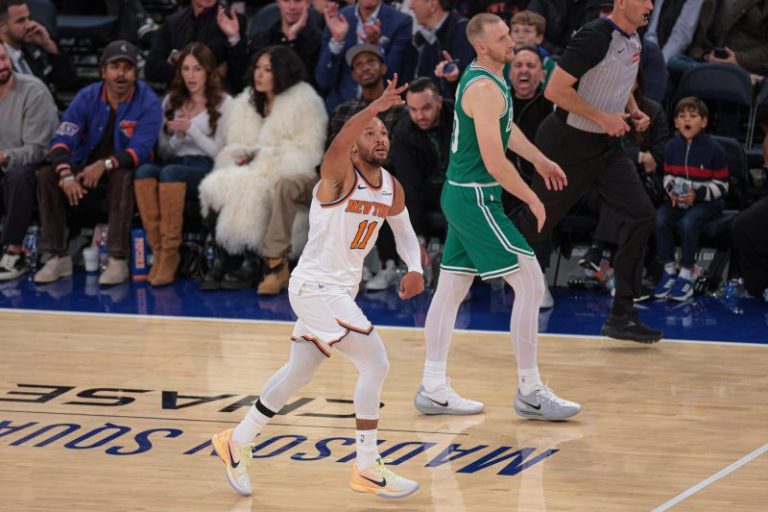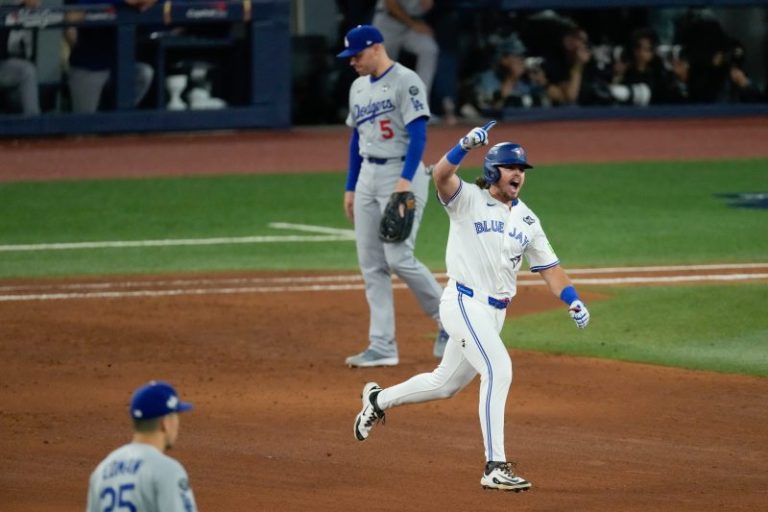Tight export controls out of the Democratic Republic of Congo (DRC) added tailwinds to cobalt prices in Q3, prompting market watchers to anticipate a shift from oversupply to balance in the coming months.
After starting the year at lows unseen since 2016 (US$21,502 per metric ton), cobalt began to rebound in Q2.
Prices for the metal then flatlined in the US$33,300 to US$37,000 range from the end of March through September, but a sharp rally in late October sent values to US$47,110, a level last reached in January 2023.
Cobalt price, October 25, 2024, to October 23, 2025.
Chart via Trading Economics.
Much of the cobalt story this year has been dominated by the February export suspension out of the DRC, which supplies roughly three-quarters of the world’s cobalt. The initial curtailment was expected to last four months in an effort to rein in oversupply and stem a price plunge below US$10 per pound, the lowest point in over 20 years.
The supply glut has been attributed to a surge in output driven largely by China’s CMOC Group (OTC Pink:CMCLF, SHA:603993), which has rapidly expanded production at two major DRC mines.
Cobalt supply expected to swing from surplus to balance
Cobalt supply has surged over the past five years, with global mine production more than doubling from 140,000 metric tons in 2020 to 290,000 metric tons in 2024. The bulk of this growth has come out of DRC, with annual output rising from 175,000 metric tons in 2023 to 220,000 metric tons in 2024. This rapid growth has far outpaced demand from the electric vehicle (EV) sector and other end-use industries, resulting in significant market oversupply.
In June, the DRC extended its export halt through September, a move that supported higher price levels.
“Trade statistics for cobalt hydroxide imports into China in June showed the first drop in material following the export ban enforcement in late February,” wrote Fastmarkets’ Rob Searle in a June market update.
“With a typical lead time of around three months, we expected June to be the first month of lower volumes. Cobalt hydroxide imports fell 62 percent in June and are expected to remain at low levels through to the end of December or early 2026. Should the export ban end as planned on September 22, the end of the year is the earliest we can expect to see new feed into the Chinese market from the DRC,’ the battery metals expert continued.
As the deadline for the export halt extension drew near, prices began to climb amid rumors that officials in Kinshashe would implement quotas to continue curbing the market saturation.
After eight months of restricted trade, the Authority for the Regulation and Control of Strategic Mineral Substances’ Markets (ARECOMS), announced it was enacting a quota system aimed at stabilizing global supply and prices.
The output cap will permit the export of 18,125 metric tons of DRC cobalt for the remainder of 2025.
“In 2026, the annual quota is set at 96,600t, of which 87,000t will be distributed to producers on a pro rata basis, with 9,600t retained under ARECOMS’ discretionary control,” a September Benchmark Mineral Intelligence report notes. “The framework will run through 2027, with adjustments possible if officials deem the market ‘imbalanced.”
The restrictions lifted cobalt prices to a 32 month high of US$48,570 on October 23.
Strong cobalt demand projected for next two years
Although the cobalt market remains oversupplied, demand has steadily increased alongside ballooning output, reaching record levels of more than 200,000 metric tons in 2024.
“The primary growth driver of this (growth) is the electric vehicle market, combined with portables, which is the second biggest battery market,” explained Benchmark’s William Talbot during a July Cobalt Institute webinar.
The alloy and military applications segment also experienced growth.
Talbot went on to note that despite reports that EV demand is waning in some regions, broad demand remains robust, and EVs that utilize cobalt battery chemistries “are still growing at pace.”
“If we look at the EV picture year-to-date in 2025, we’ve had more than 30 percent growth compared to the same period last year in unit terms,” he explained.
Cobalt price growth to continue into 2026
The cobalt market is entering a phase of continued volatility and structural change, shaped by shifting supply sources, evolving policy frameworks and growing geopolitical tension, as per Benchmark’s Talbot and the Cobalt Institute.
Looking ahead, Benchmark expects Indonesia to overtake the DRC as the key source of new supply by the late 2020s, as projects such as Kalimantan Ferro Nickel ramp up and few new developments emerge in the DRC.
On the demand side, Talbot said the outlook remains “fairly robust,” with EV growth driving consumption, despite some policy headwinds in the US. He pointed to China’s planned ban on lithium iron phosphate (LFP) battery technology, which he said “is supportive of cobalt-containing chemistries” such as nickel cobalt manganese (NCM).
Rising geopolitical tensions are also reshaping the cobalt supply chain.
“Major players are increasingly cognizant of where their materials come from,” Talbot said, citing new US and European investment in strategic and ESG-compliant cobalt projects.
Talbot added that the cobalt value chain has made “leaps and bounds” in sustainability, with roughly 80 percent of refined cobalt now assessed under the Responsible Minerals Initiative — a key factor for automakers and original equipment manufacturers under tightening compliance requirements.
While Benchmark remains cautious with projections, analysts at Project Blue say cobalt prices could rebound sharply in 2026 and 2027 as the DRC enforces its new export cap of 96,600 metric tons per year.
“Such constraints could lift cobalt prices toward historical real levels of over US$20 per pound,” reads a Project Blue report, noting that the quota “came in lower than many expected,” but aligns with its call for a rebalanced market.
According to Project Blue, at least 100,000 metric tons of exports would be needed next year to maintain equilibrium. Accounting for shipping delays and processing losses, only 85,000 to 90,000 metric tons are expected to reach end users — creating a structural deficit that should continue to support prices. The quota framework could also spur domestic refining as export restrictions make long-term storage of cobalt hydroxide costly.
Industry observers warn that producers — especially copper-cobalt miners such as CMOC — may need to adopt financial hedging and adjust production plans to navigate the added bureaucracy and potential export delays.
Similarly, Fastmarkets expects the DRC’s new rules to support cobalt prices, which have already soared more than 240 percent since February, Alexander Cook wrote in an LME Week recap. Fastmarkets assessed cobalt hydroxide prices at US$19.50 to US$20.20 on October 14, up from just US$5.65 in February.
The restrictions have sharply curtailed available volumes — much of which are already locked into long-term contracts — leaving the spot market increasingly constrained, wrote Cook.
Market participants expect further gains, though analysts caution that such elevated prices could push some battery makers to accelerate the shift toward cobalt-free chemistries such as LFP.
While the quota system has bolstered prices in the short term, the long-term outlook remains uncertain.
Analysts note that cobalt’s fate is increasingly tied to copper market dynamics and the pace of EV demand recovery, with downstream buyers and automakers reassessing cobalt’s role in next-generation batteries.
Securities Disclosure: I, Georgia Williams, hold no direct investment interest in any company mentioned in this article.
